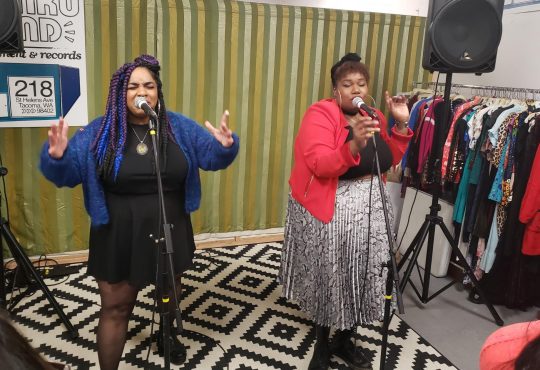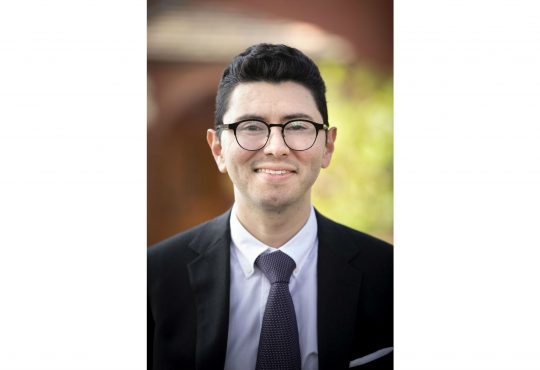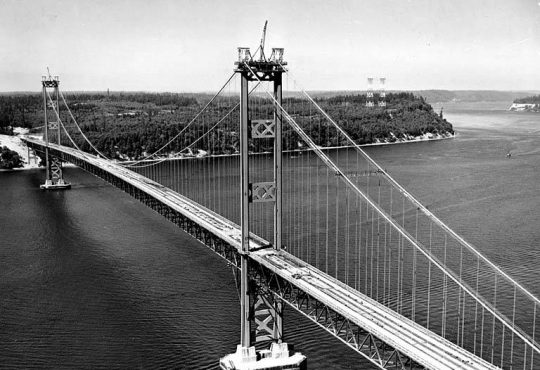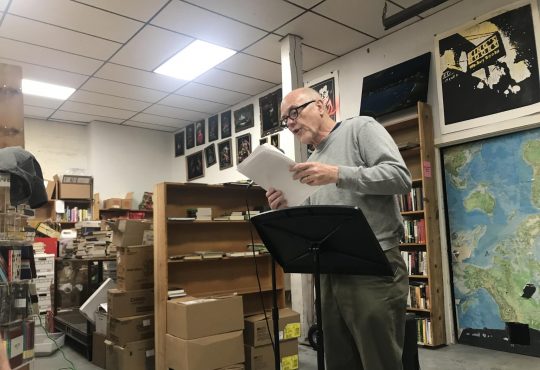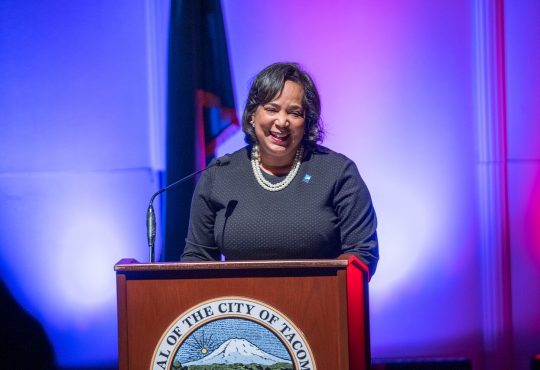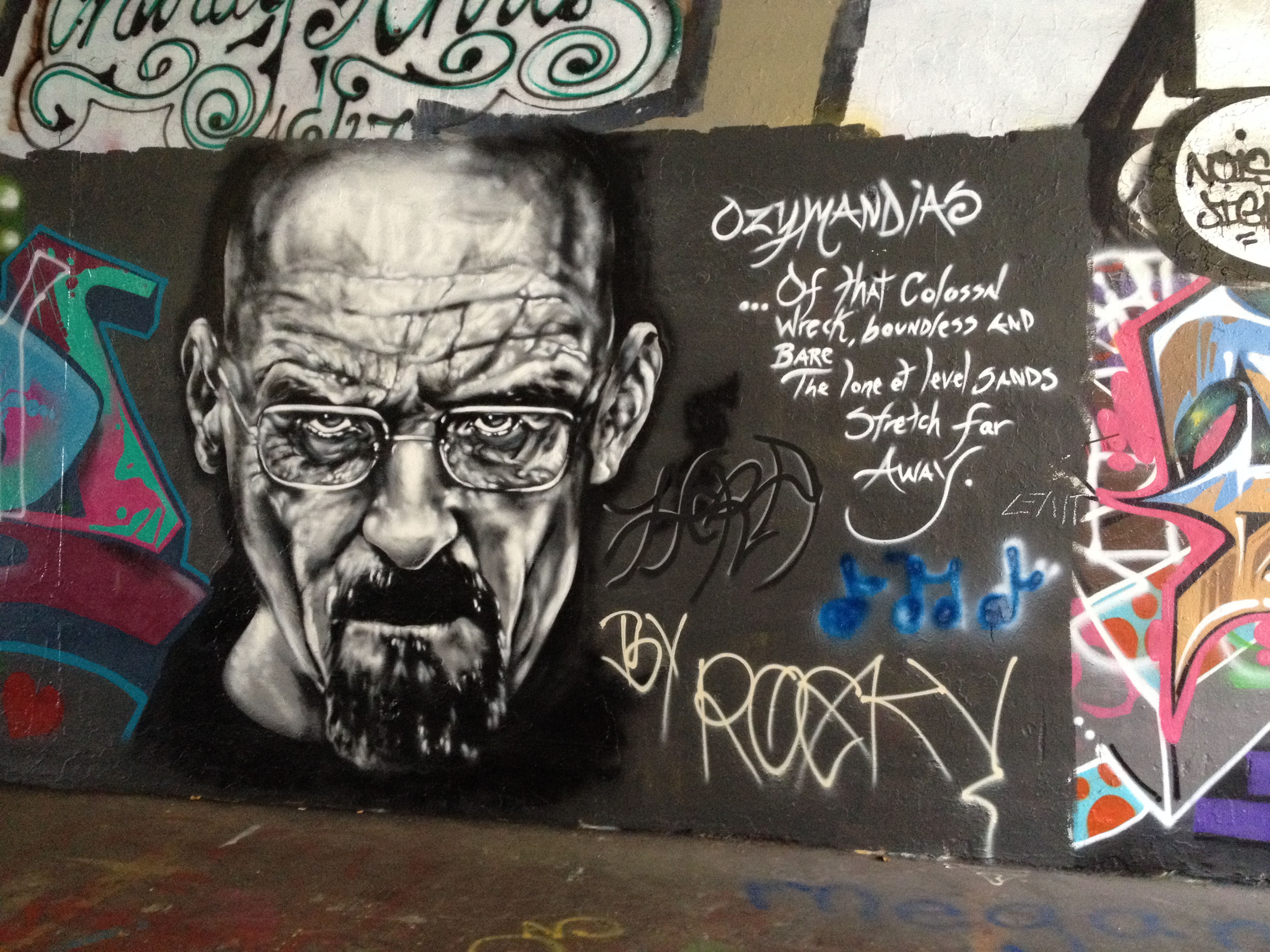
By KATHRYN STUTZ
It is hard to miss the eight-foot-tall face of Walter White, the protagonist of the recently finished television show Breaking Bad, staring down from the wall of the Graffiti Garages: in solemn black and white spray paint, he seems intense and eternal. But not for long.
Located on Broadway Avenue downtown, the Graffiti Garages are about to close down, after nearly five years of being a city-sanctioned free art zone. This adds a certain resonance to the (slightly misquoted) text from Percy Bysshe Shelley’s “Ozymandias,” which accompanies the Walter White portrait: “…Of that Colossal Wreck, boundless and bare / The lone et [sic] level sands stretch far Away,” describing the ruins of a statue of the pharaoh Rameses II, abandoned in the sands of Egypt.
Tacoma has long been a haven for enthusiasts of public art: detailed murals and poems painted on the sides of buildings abound throughout downtown and along 6th Avenue, side by side with spray-paint tags and Banksy-esque stenciled graffiti. Legal or not, the art in this town has always been well supported by the community.
For instance, the local letterpress group Beautiful Angle, which consists of print artist Lance Kagey and writer Tom Llewellyn, has a unique approach to public art.
“We started 11 years ago,” Kagey said, “and we had this idea that, when we’re doing work for hire, the client has all the final creative decisions, but when you take money out of the equation, you can engage the community in a conversation you’re interested in.”
Llewellyn and Kagey developed the idea for a type of “guerrilla art project,” as they describe it, which involves, once a month, hanging up hand-printed posters all around the city. Their route starts at the Rosewood Cafe, just blocks from the University, then along Proctor and down 6th Avenue. They finish up downtown and in Hilltop.
Kagey estimates he and Llewellyn put up 80 to 90 new posters every month.
These colorful images with complex cultural messages are still visible all around Tacoma; though residents take them from their original locations often as soon as they are hung, the posters circulate through the windows of personal homes, the bulletin boards of churches and the proud walls of fashionable restaurants and businesses.
The Beautiful Angle team likes to call this “putting the art where the people are.”
Next to Trinity Presbyterian Church on 6th Avenue, a small white house has, hung in a window which faces the entrance to Trinity’s weekly soup kitchen, a Beautiful Angle print declaring, “Break the Food Chain: Give me your tired, your poor, your hungry masses yearning to eat free or at least at affordable prices,” beneath the image of an arm bearing a head of broccoli like the Statue of Liberty’s famous torch.
Metronome, a coffee shop on the corner of 6th and Union just a few blocks from campus, has several works by Beautiful Angle. This collection includes a bright poster of a multi-headed crimson dragon looking down on the lampposts of Tacoma with the bold title “The Dragon.” This heads a text that begins, “Then appeared in heaven an enormous red dragon with seven heads & seven horns & seven crowns.”
After the popularity of Beautiful Angle art increased to the point that each poster is considered a Tacoma relic, and locals began clamoring to be more involved, Kagey and Llewellyn started taking help from guest artists.
“The only requirement is a Tacoma address,” Kagey said—though a slightly more rigorous test of residence is available on their website, beautifulangle.homestead.com.
Kagey’s work as a public artist is not limited to the universal medium of posters—several weeks ago, he took a group of Puget Sound students to the Graffiti Garages to spray-paint a stampede of orange and scarlet stallion stencils onto one of the least-occupied walls.
“It’s a shame,” Kagey said, “that the Garages are closing. They were one venue where a particular group of artists could work, and some of their work is so stunning.”
Though talks to find a new location to begin the Graffiti Garages anew are occurring, Kagey and many others question why this must occur.
“The arguments in the papers seem pretty meagre,” Kagey said, of Alison Lorig’s claims in The News Tribune that the Garages are “a little too popular and a little too hard to manage… [and] a liability.” Lorig’s Seattle-based company owns the space the Graffiti Garages occupy.
Without the Garages, public art will still occur in Tacoma, but more than just the location will change.
“As long as you’re consistent with engaging the community, you’re making a difference in how people think,” Kagey said. “If you put a stack of rocks on the corner, and change the arrangement every month, that expression gives the community a way to measure time. You connect with them.”
Without the consistency of the Graffiti Garages as a creative outlet, an enormous frame of cultural reference will disappear.
Even if nothing remains of this Tacoma landmark, we can still, as a community, say “I remember when…” and measure our time by that.

